
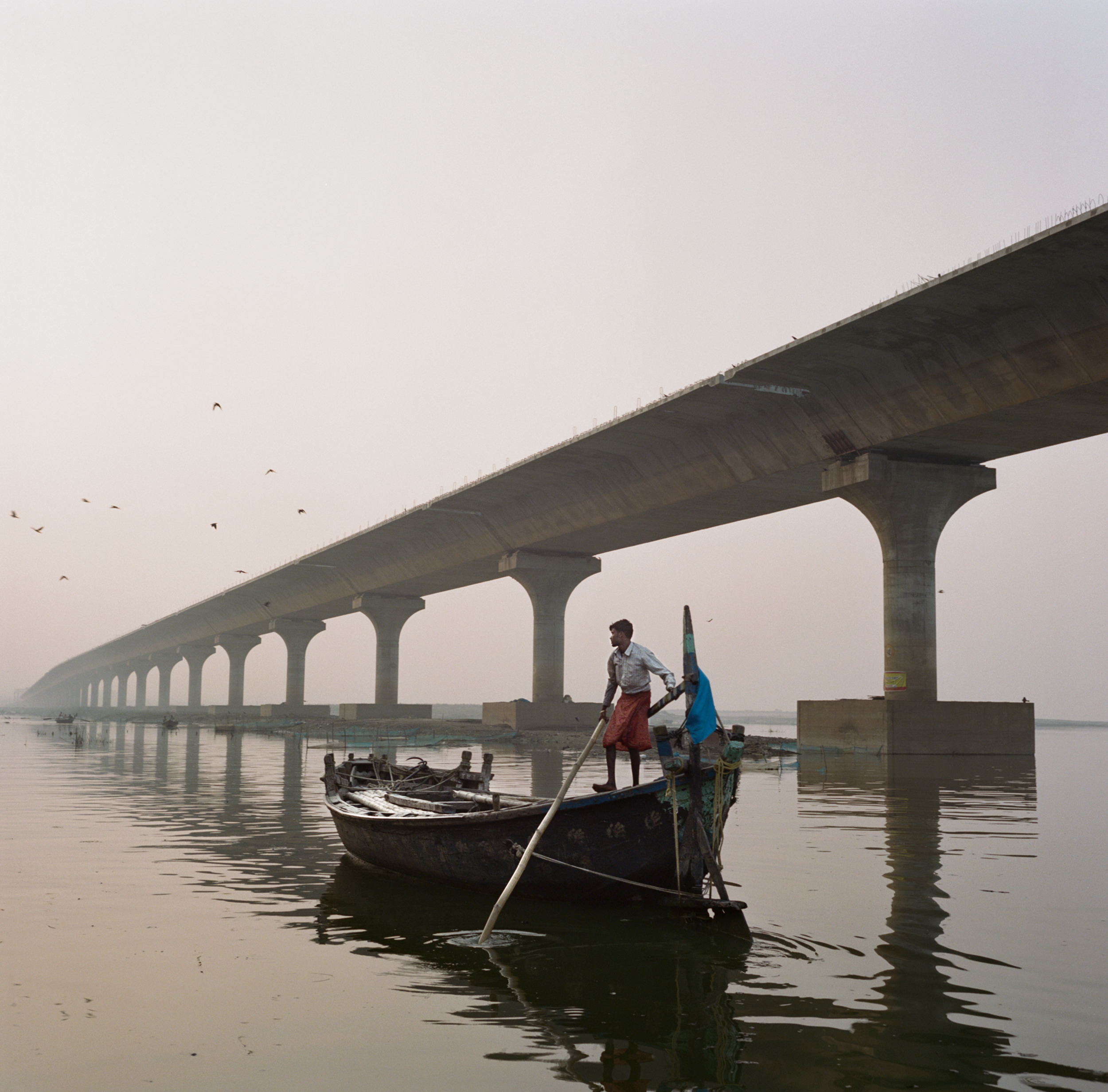

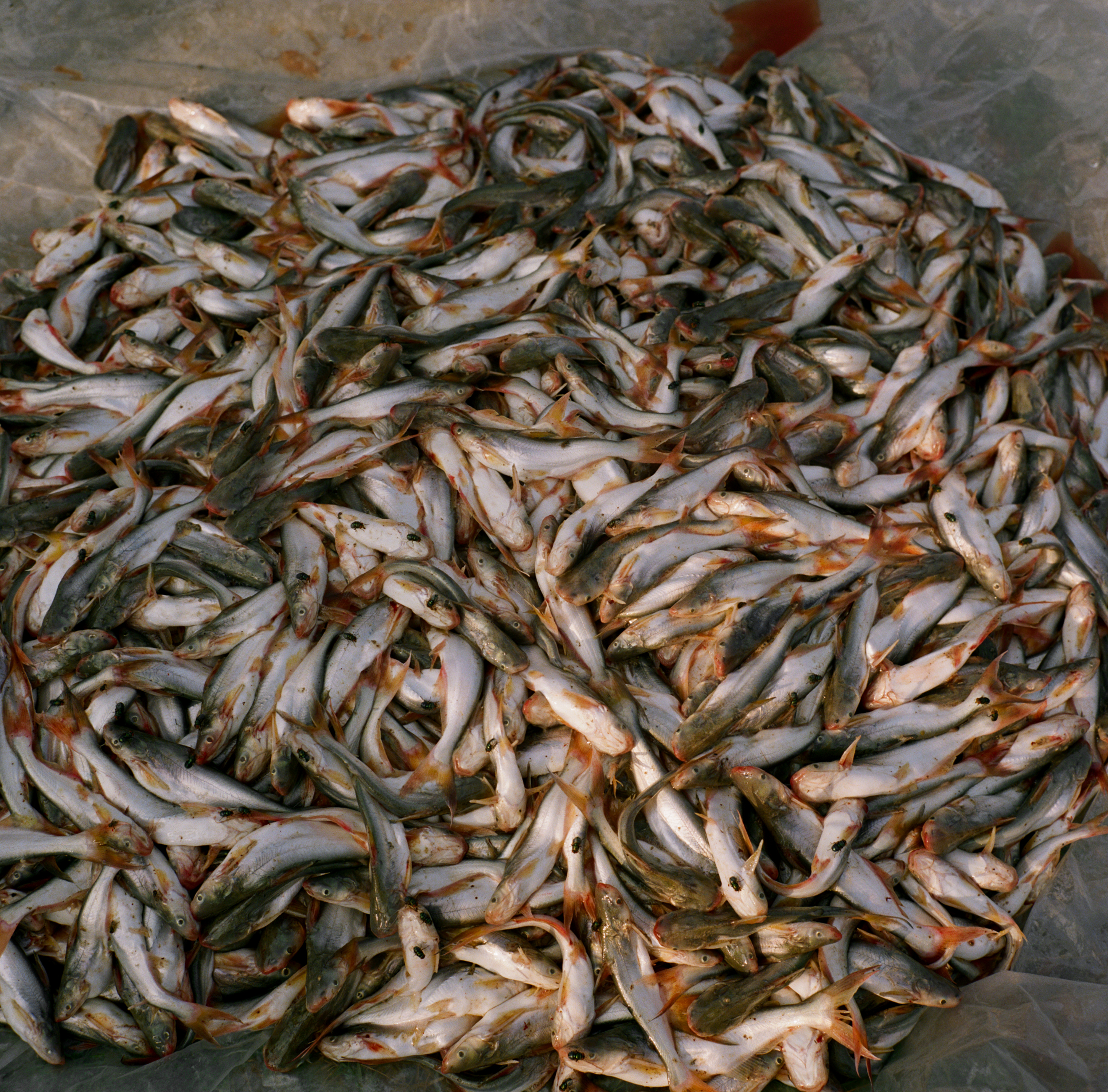
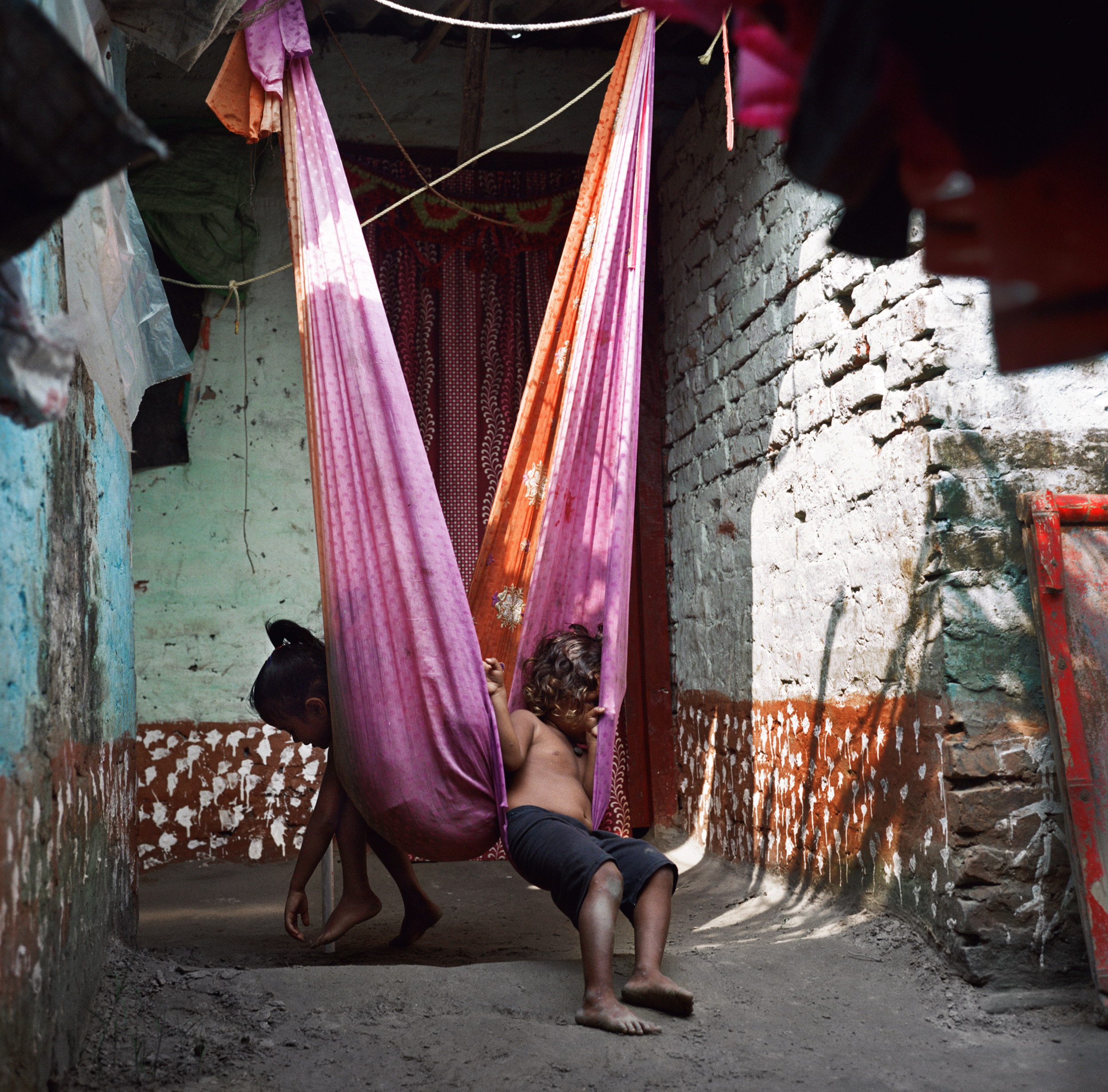
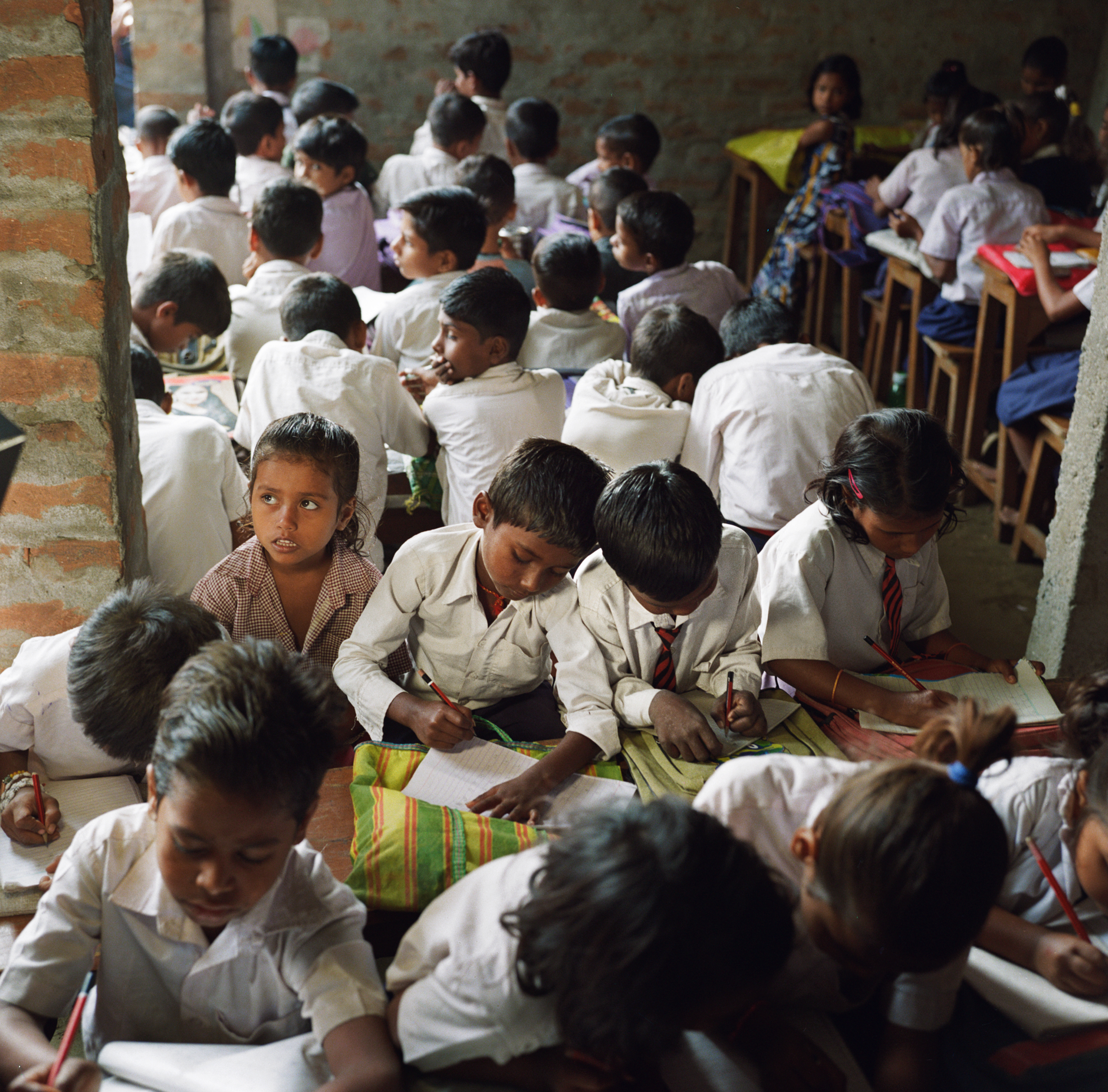


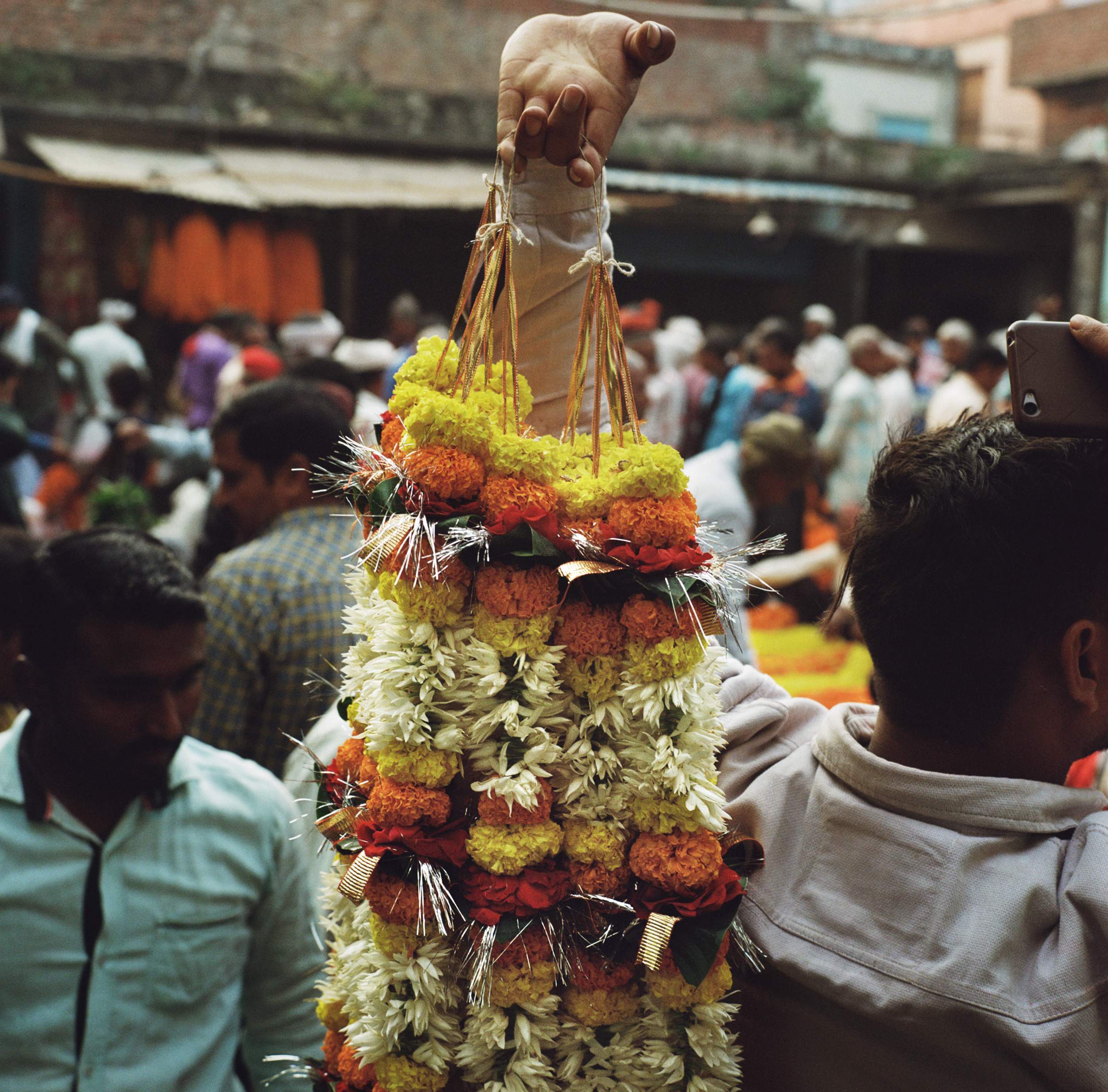


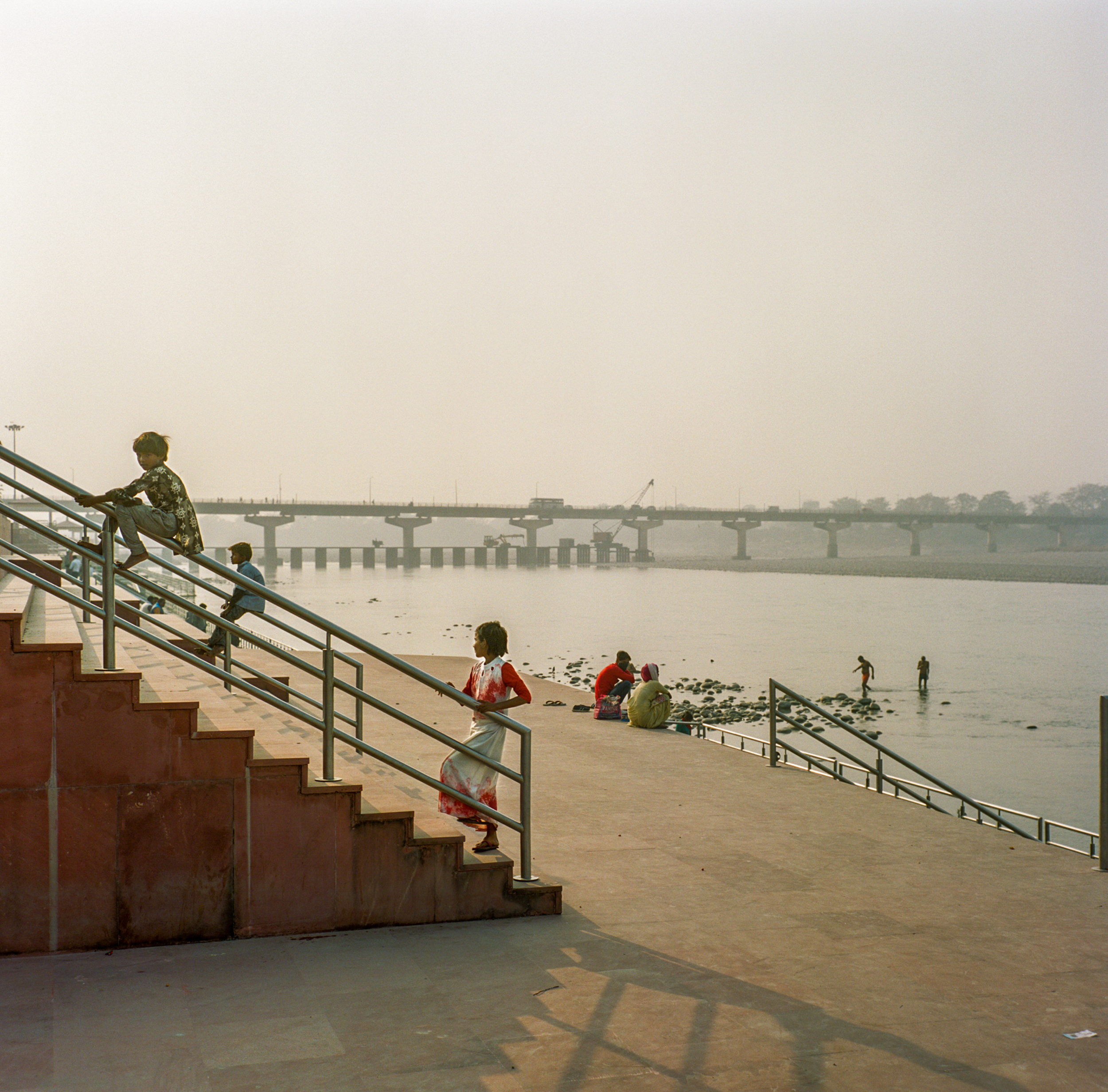

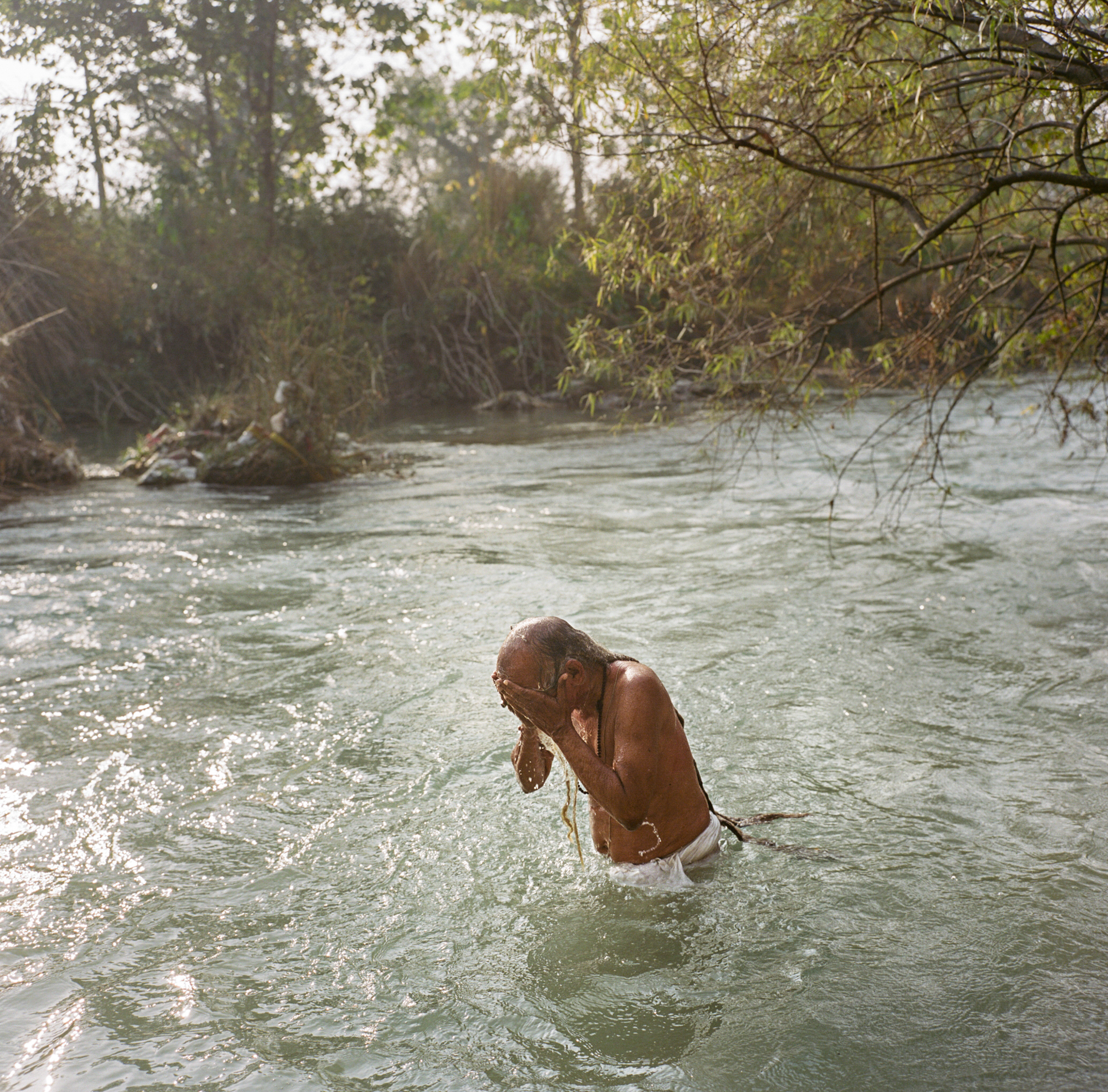

Photographer: Sara Hytlon
National Geographic: Visual Story Editors: Alice Gabriner and Dominique Hildebrand.
The team of scientists and researchers was led by two incredible women (and the team itself was mostly women). More information on the Ganges: Sea to Source expedition can be found here
Heidi: You were in India for 12 years, what brought you there?
Sara: I was in the middle of studying a Master’s degree when my father passed away suddenly. I knew he would have wanted me to finish my degree, so I pressed on without really having the time to grieve or process what had happened. When I completed my studies, my best friend and I decided to travel to India for a few weeks. We were both going through big transitions in our lives, and we wanted to travel somewhere that took us out of our element and gave us some space. Funny, India doesn’t have much space. The idea of going to India during a crisis is an absolute cliché and I knew that from the start, but the Western notion of India is partly true, it is a very magical and spiritual place, and I say that while also acknowledging its deep issues and biases. I had planned on spending three weeks.
Were you planning on staying that long; did you speak Hindi?
I had no idea that this initial visit would involve me meeting two loves of my life – a man and photography. I had no plan to live there or spend long in South Asia. But it was a place that understood life and death in a way that made a lot of sense to me. The way South Asians see the world is both incredibly practical and poetic all at once. I felt completely thrown into chaos, but also held. I was hooked. I slowly built my photography practice, and my network to a point where I felt I could really make it my home. I have taken intensive Hindi classes over the years and used my broken understanding of the language to delve deeper into the culture. It was always one of the things that bothered me the most though – that I could never get to a place with my Hindi where I could make jokes or get angry. Indians have such great, cinematic humor.
What did you learn about reverence for the Ganges?
When the roots of a culture believe that everything is a manifestation of God, and even the Ganges is revered by Hindus as a Goddess, how do you begin to visualize something that is believed to be so sacred and yet practically environmentally vulnerable? And how does one reconcile their own conditioning and culture so they can really see it?
I’ve learned that the concept of “progress” and time is completely different. In the West, we are always rushing to get to the finish point, to have something to show for our efforts so we can quickly move onto the next thing. We miss the whole process of getting there. I have felt that so often in India while working. That if I do this one thing, this other thing must happen as a result. It just does not work that way. Nothing is linear, people aren’t there when you think they’re going to be there, and everything is basically an unknown. People don’t have time for you and you are not that important. But once they start to trust you and maybe even like you, they would give you the shirts off their back. It’s honestly the most humbling place I’ve worked. You are constantly being challenged on a professional and granular level. Broken down until your ego is nothing. And that’s when you start to make the work that matters. It’s a beautiful thing. So I think the biggest thing I’ve learned is that if you show your patience and your authenticity, the thing that you need will happen, but probably not when, or the way you expect it to. Also, never refuse a cup of chai or prasad, you’ve ruined it already.
Your last project for National Geographic was three years in the making and so much terrain to cover. What were some of the adventurous moments/biggest obstacles that you encountered? India is so full of rich surprises especially with COVID and the political unrest.
Traveling across the Ganges through Bangladesh and India was one of the most memorable projects I’ve ever worked on. We went through some terribly rough waters in Bangladesh because of cyclones. At one point, the bottom of our boat started to flood with water and it was so rocky people were getting sea sick. Then there was the extreme heat waves where we could only work very early in the morning and late at night, it was actually quite dangerous if we tried to push it. Then there were the absolute moments of elation and joy where the team would dance to Punjabi music under the rain and laugh hysterically. As a freelance photographer I’m really used to working alone, but this was such a different type of project that started off with a group of female scientists that I was fairly integrated with. We traveled a lot of the time together and this made navigating the adventures and challenges a lot less daunting. My favorite moment on the trip was when I was in a small village outside of Patna, Bihar (about a four hour drive) and my film camera broke. I didn’t have a backup with me, but miraculously someone from Mumbai (where I was living at the time) was able to transport the backup to Patna, and exchange the broken camera to get fixed. I ended up with both cameras in a few days, but it was a terrifying moment.
Were there any circumstances/interactions that moved you the most while making the work? India has a way of exploding your heart.
There are way too many moments to count. That’s what I miss about India the most. When you’re feeling hardened, angry, assertive, something always happens that just blows your heart wide open and you are instantly reminded of your humanity. Oh, I remember a funny moment when I was bitten by a baby goat and everyone went out of their way to make sure I was okay and even found me a doctor to get rabies shots. Then there was the time where me and my collaborator were in a village and it became very late at night (and we had quite a drive ahead), a mere stranger who knew nothing about us offered us a bed to sleep on and gave us chai in the morning. The stories are endless. I was constantly astounded by the generosity of people and lack of pretension. India has my heart and always will.
There are both advantages and disadvantages of being a westerner in India. You certainly earned trust for your portraits, Demigods of India. How did that project develop/evolve?
I had been wanting to do something with the Hijrah community in India for many years but I think I didn’t have the courage or the understanding of the community to really do it with integrity. I had spent several months meeting with NGO’s and organizations that worked with the community across Mumbai. Two helpful friends and amazing photographers – Zishaan Latif and Anushree Fadnavis – helped me navigate the project, and it wasn’t until I had their help that I really felt it was possible to make photos with sensitivity. Anushree was particularly experienced and was so generous in her willingness to help with translating and gaining access with the first community I worked with. At first the community was fairly closed off and ambivalent about photography, so I showed up and visited often before I even began to make photos. I met one really special person, Radhika, who was the gateway to the rest of the community. Radhika trusted me, and so others trusted her. It was quite a long process, getting to the point of making portraits. But I think curiosity and showing up goes a long way.
Being a Westerner is helpful at times because folks become as curious about you as you are them. But that can only go so far. They must feel your integrity and your heart, and that can take a long time to build. The disadvantages are of course language and commonality. Being a woman is particularly tough, but in this instance, I think it helped because I could spend time just sitting in people’s homes without too many concerns.
What have you been working on recently?
I’m based in Brooklyn, New York now and continue to focus on environmental issues and vulnerable communities, especially related to water. I’m working on a multi-year project through an Explorer grant from National Geographic Society and the Royal Canadian Geographical Society on the sanctity and scarcity of water among First Nations communities in Canada. I’ll be traveling to Nepal in a couple of months to work on another grant about faith and conservation, and I’m also really excited to be working with some brands and outlets whose values really align with my own, including Patagonia and the New York Times.